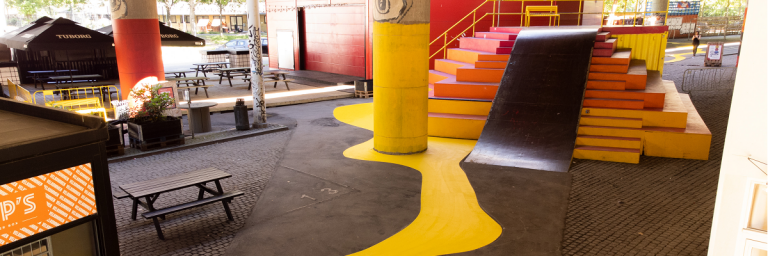
Placemaking: Transforming a place together with the people who use it
In this interview with Mathilde Riou, we talk about the importance of placemaking and the use of visual facilitation.
Cities are and always have been buzzing hubs of innovation.
The increasing number of urban inhabitants and density in cities will simply intensify innovation, which is why I am dedicating this category to all the innovative ideas on how to organize urban life. There are different forms of innovation, for example high tech innovation (smart cities), sustainability innovation (green cities) or policy innovation (participatory cities). I will feature innovations of all kinds.
Probably most interesting are innovative solutions from poor urban environments. When under pressure, people come up with many fascinating ideas to make their neighbourhood work.
Please share any innovative and inspiring urban solutions you know!

In this interview with Mathilde Riou, we talk about the importance of placemaking and the use of visual facilitation.

London’s Gingerbread City exhibition features five different climate zones with innovative candy-based solutions for the built environment.
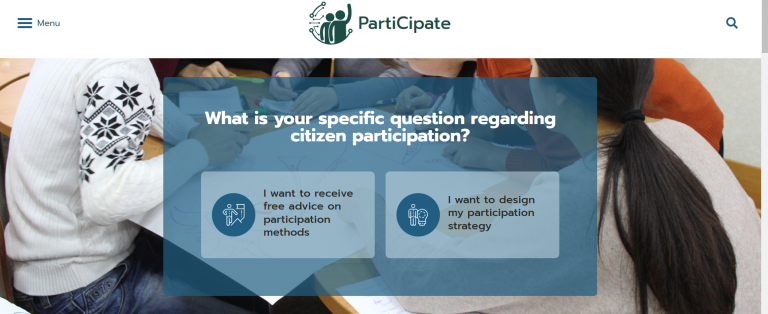
PartiCipate offers free method cards, an overview of open-source participation platforms, and advice on participation strategies.
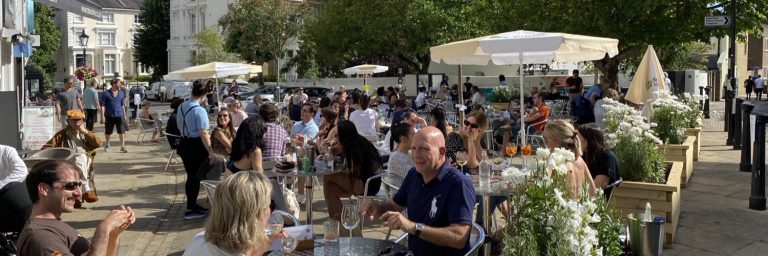
A North London community has been revived by transforming their public space into a Streatery. What drove this change?
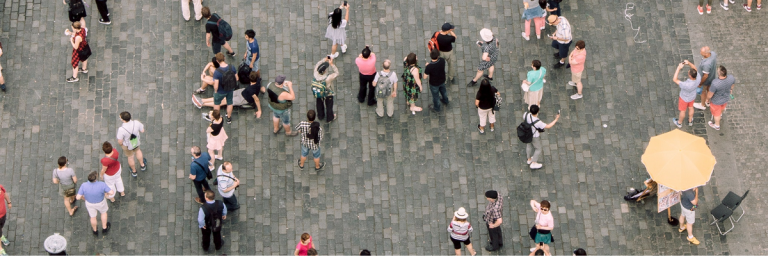
Annika from Pedestrian Space gives some insights into the 15 minute city and criteria for walkable neighbourhoods.
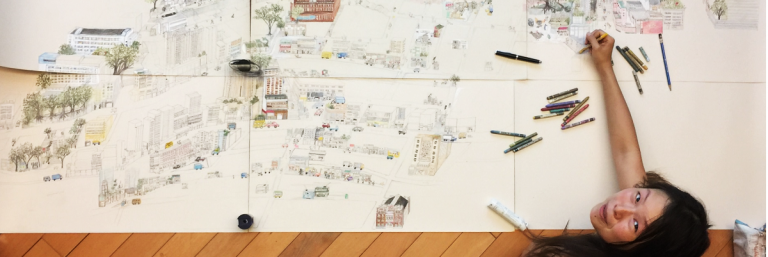
In this interview, Ester from iDiscover shares some insight on how mapping can protect cultural heritage and how participatory mapping works best.

This article links to useful resources and gives some tips for participatory planning and community engagement during Covid-19.

Communications and sustainability expert Naira Bonilla shares how to use WhatsApp in order to foster community participation.
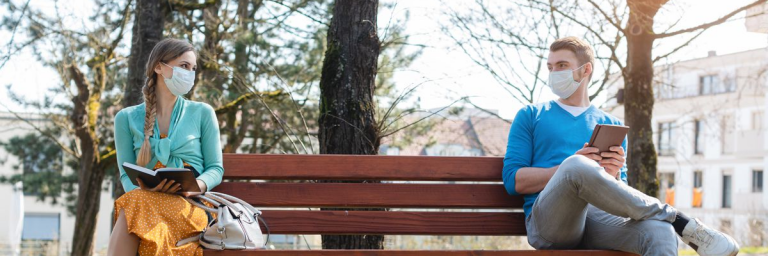
Exceptional circumstances, such as the current pandemic, have important consequences for urban planning. Here, I look into public spaces and the changing idea of three places.
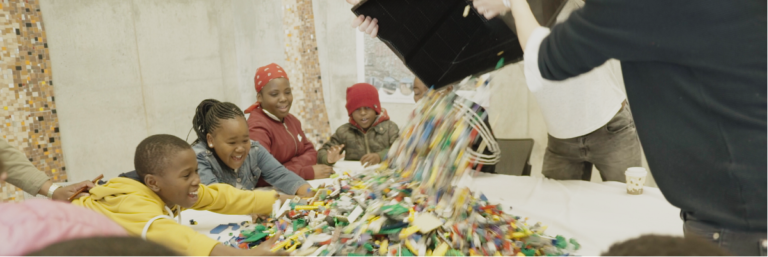
In this interview, Dr. Bo Stjerne Thomsen of the LEGO Foundation talks about the ways children can participate in urban planning and about creativity.
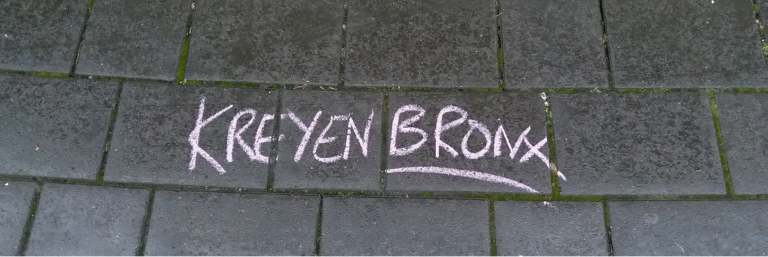
Chalk Talk is a suggested method to get an ideal of issues in a neighbourhood and to first incentivise participation.
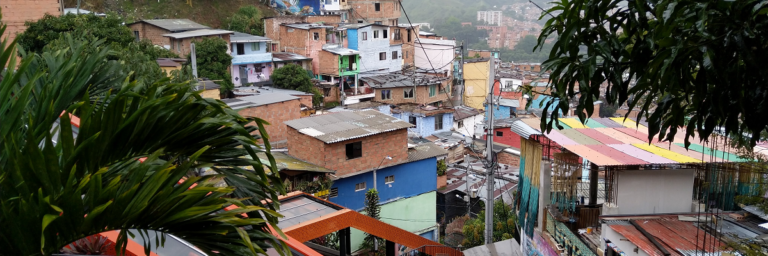
Colombia’s most innovative city, Medellín, has much more to offer than only a cable car system. This article looks at the secret recipe for successful urban innovation.